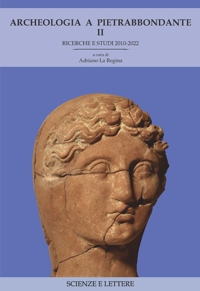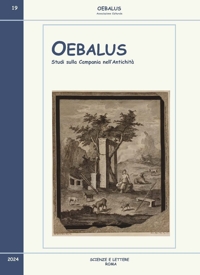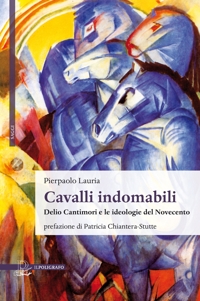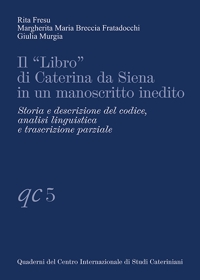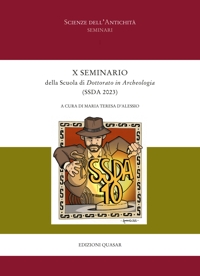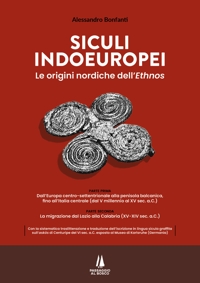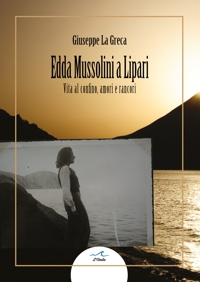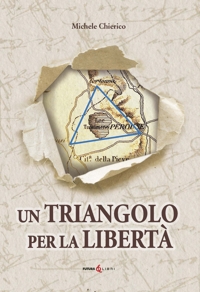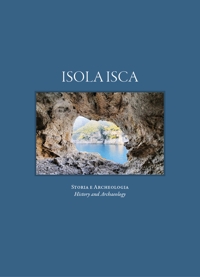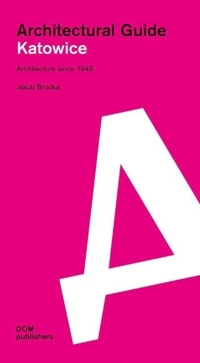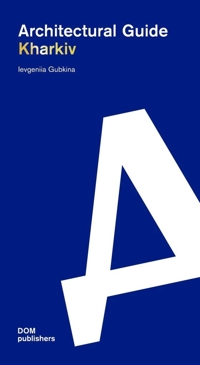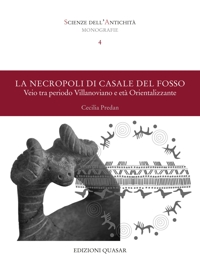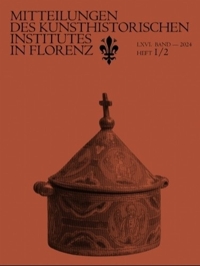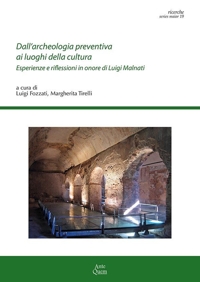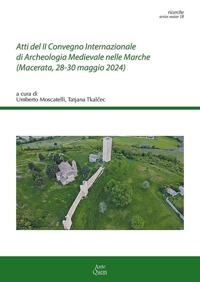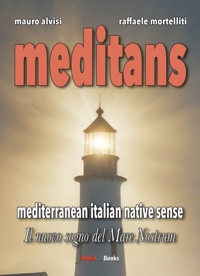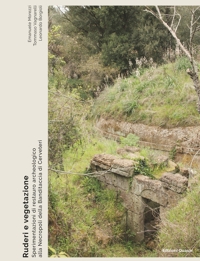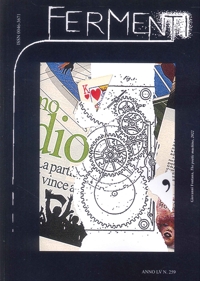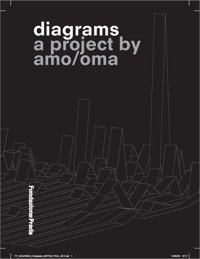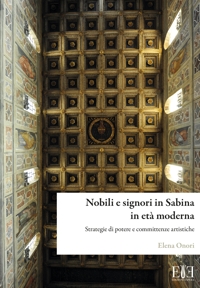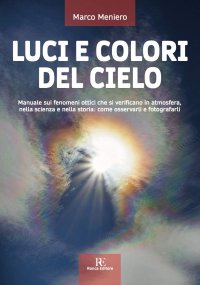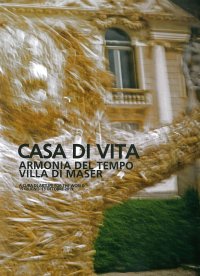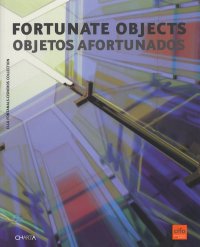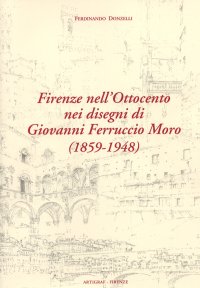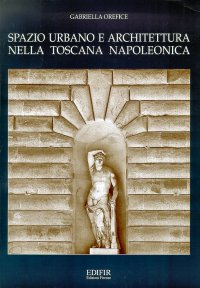Felice Palma. Massa 1583-1625. Collezione / Collection.
Texts by Andrei Cristina, Ciarlo Nicola, Federici Fabrizio, Claudio Casini and Sara Ragni.
Italian and English Text.
Pontedera, 2024; bound in a case, pp. 289, b/w and col. ill., b/w and col. plates, cm 24,5x34.
(L'Oro Bianco. Straordinari Dimenticati. The White Gold Forgotten Masters).
cover price: € 160.00
|
Books included in the offer:
Felice Palma. Massa 1583-1625. Collezione / Collection.
Texts by Andrei Cristina, Ciarlo Nicola, Federici Fabrizio, Claudio Casini and Sara Ragni.
Italian and English Text.
Pontedera, 2024; bound in a case, pp. 289, b/w and col. ill., b/w and col. plates, cm 24,5x34.
(L'Oro Bianco. Straordinari Dimenticati. The White Gold Forgotten Masters).
FREE (cover price: € 160.00)
Le botteghe del marmo
Italian and English Text.
Ospedaletto, 1992; bound, pp. 153, 10 b/w ill., 60 col. ill., cm 24x29.
(Immagine).
FREE (cover price: € 34.49)
Museo Stefano Bardini. I Bronzetti e gli Oggetti d'Uso in Bronzo
Edited by Nesi A.
Firenze, 2009; paperback, pp. 191, 102 b/w ill., 7 col. ill., cm 17x24,5.
(Museo Stefano Bardini).
FREE (cover price: € 30.00)
Bronzetti e Rilievi dal XV al XVIII Secolo
Bologna, 2015; 2 vols., bound in a case, pp. 729, ill., col. plates, cm 21,5x30,5.
FREE (cover price: € 90.00)
Botticelli and Filippino. Passion and Grace in Fifteenth-Century Florentine Painting
Skira
Edited by D. Arasse, De Vecchi P. and Nelson J. K.
Firenze, Palazzo Strozzi, 10 March - 11 July 2004.
Milano, 2004; paperback, pp. 344, b/w ill., 133 col. ill., cm 24x28.
(Arte Antica. Cataloghi).
series: Arte Antica. Cataloghi
Other editions available: Edizione italiana (ISBN: 88-8491-760-3).
ISBN: 88-8491-943-6 - EAN13: 9788884919434
Subject: Essays (Art or Architecture),Monographs (Painting and Drawing),Painting,Sculpture
Period: 1400-1800 (XV-XVIII) Renaissance
Places: No Place
Languages: 
Weight: 2.05 kg
Disquiet and gracefulness are indeed the most effective keys to understanding the works exhibited in their chronological sequence and symbolic significance. Gracefulness because during the happy period of Lorenzo il Magnifico's rule, the age of Botticelli and Filippino was a period of prosperity, peace, dominated by culture and reason, a period of intellectual and the exquisite representation of the affections and sentiments. Disquiet because during the years of Savonarola's influence Botticelli and Filippino saw an eclipse of humanistic ideals, an end to that intellectual dream that had made the age of Lorenzo de' Medici a time of unequalled splendour.
This volume, which is published alongside the extraordinary exposition in Florence brings together about thirty works, from museums and collections all over the world, that bear witness to these two sides of Botticelli's artistic, religious and intellectual development. Side by side with profane paintings that demonstrate the period of gracefulness and beauty (Pallade e il centauro and the Uomo con la medaglia from the Uffizi, the Storia di Nastagio degli Onesti from the Prado) and the famous Madonnas which fascinated the eighteenth century romantics and pre-Raphaelites (from the National Gallery of Edinburgh, the Pushkin Museum in Moscow and the Ambrosiana Museum in Milan) we have icons of Botticelli's existential disquiet and religious struggle in the Mystical Nativity from London and the Pietà from the Poldi Pezzoli Museum in Milan. Alongside these masterpieces we have the works of Filippino who, in his anthology of paintings (first and foremost the Vision of St. Bernard from Badia fiorentina) that show him to be in no way inferior to the great Botticelli.
Wirth Oswald € 14.25
€ 15.00 -5 %
Simonetti Dario € 23.75
€ 25.00 -5 %












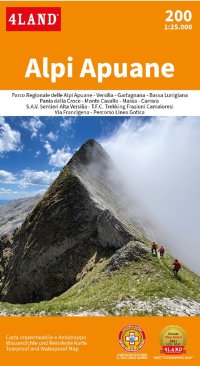
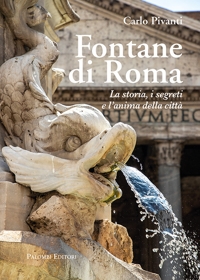

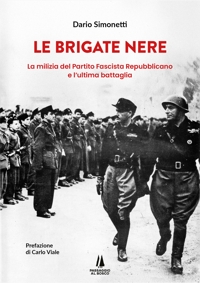
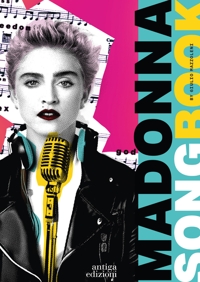
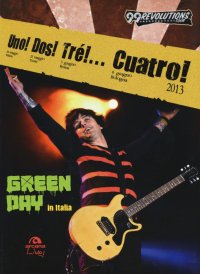

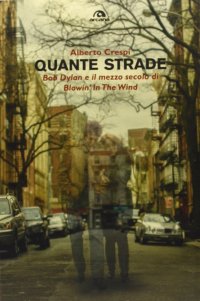
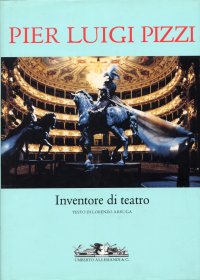

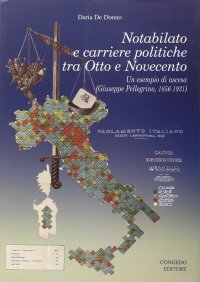


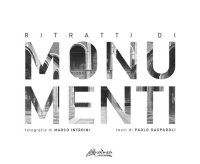
![Incantevole Puglia. Fra arte, storia e natura. [Edizione Italiana e Inglese]](https://immagini.libroco.it/copertine/IMMAGINI/3073/m-1536619.jpg)
